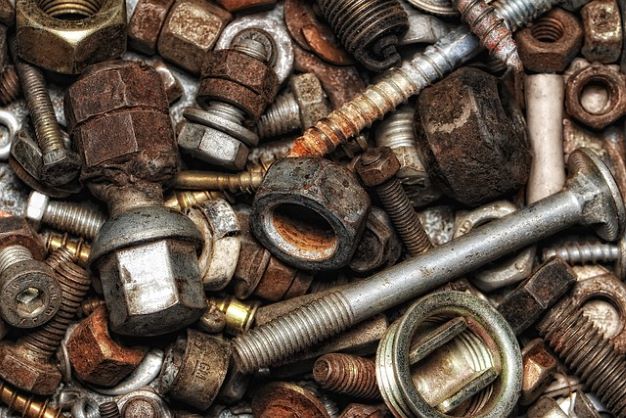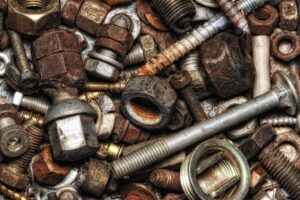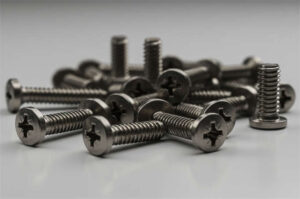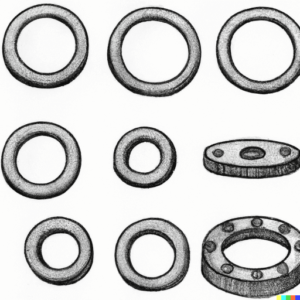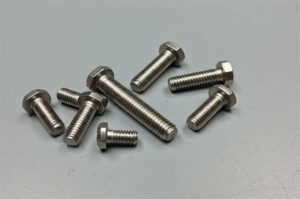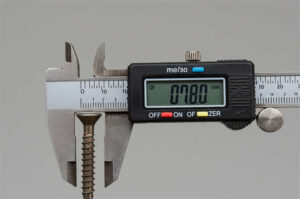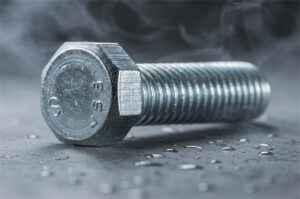Fastener Failure Analysis
It is often standard practice in manufacturing to ensure the quality of fasteners, thus the existence of different standards like ISO, DIN, JIS, ASTM, etc. These organizations implement measurements of fastener grades/classes according to their characteristics and capabilities. This brings the importance of compliance to these standards to ensure they qualify for use for applications that require crucial and intricate qualities.
Prince Fastener is a reliable source of fastening products and fastening advices complying to several international standards like GB, ISO, JIS, DIN, and more. The company has been responsible for delivering precision fasteners for over 30 years in different ranges of industries. We carry a wide capability of meeting customer requirements and designs in standard and non-standard quality. With rich expertise in industrial fastener manufacturing, Prince Fastener can help organizations and individuals analyze the root causes of fastener failure and prevent them.
What causes failure in fasteners?
Professionals conclude that there are several reasons for failure on fasteners, but the most common results from poor production processes, fatigue loading, inadequate product design, faulty metallurgical properties, improper installation, fatigue loading, and environmental conditions. Fastener failure can be prevented by undergoing further tests in production to determine their strength, ductility, and corrosion resistance. While regular maintenance of the assembly is also implemented after installation to eliminate damage within the components and surface application.
Here are some causes of failure found in fasteners:
Vibration: certain applications that involve constant movements like automotive engines, machinery, and others can often lead to wiggling and loosening of assembly. To prevent failure due to loosening, proper installation of fasteners should be applied during the process.
Manufacturing error: most likely the cause of failures in fasteners is improper production processes. To ensure the quality of fasteners, purchase from reliable suppliers that complies accordingly with the standards of manufacturing.
Poor installation: an error that can lead to extreme fastener failure. There can be several reasons that this can occur such as improper tightening, unstable location of installation, thread shredding, and others.
Embrittlement: can be caused by rust, corrosion, and environmental elements that can weaken the properties of fasteners which leads to damage and failure over time.
Mismatched hardware: this happens more often with bolts and nuts, as the size and material should suit accordingly when matching two different components.
To eliminate such events of failure, one can take further steps of ensuring the quality of fasteners or check for quality assurance evaluation and certification from the supplier.
How to prevent fastener failure?
The safety of people is one factor that shouldn’t be overlooked in structural fastening or even in other types of fastener applications. As one mistake can lead to catastrophic damage, preventing fastener failure should always be a priority.
Some helpful ways of preventing fastener failure:
- Ensure Fastener Quality Assurance Certification
- Purchase from a reliable supplier/manufacturer
- Check for the most suitable surface treatment
- Diligent maintenance of fasteners
- Do routine inspection
When unsure about fastening technicalities, it is best to acquire opinions from professionals that can help and support the kind of project. Contact us for your inquiries and questions.
